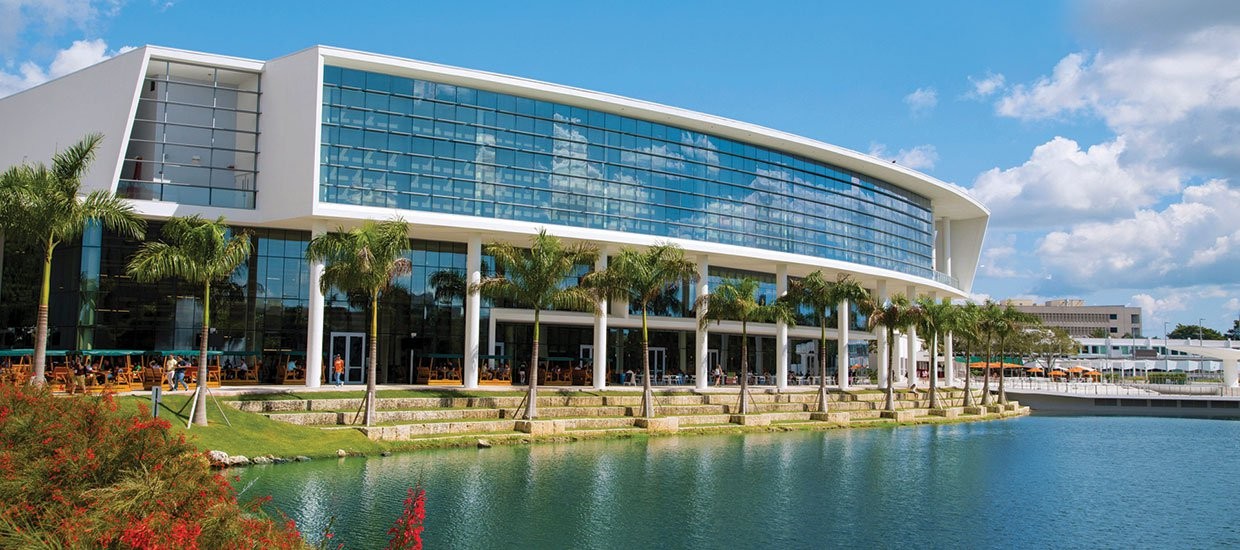University of Miami: Scientists study nursery ground for tropical cyclones
Hurricane Hunter aircraft had never flown this far east—the Cape Verde archipelago just off the western coast of Africa, 3,800 miles from their homebase in Lakeland, Florida.
But in early August, one of the aircraft, a modified Gulfstream IV jet operated by the National Oceanic and Atmospheric Administration (NOAA) and outfitted with a suite of advanced monitoring equipment, deployed to the chain of islands for the first time ever, allowing a team of scientists onboard to study a region known as the nursery grounds for some of the Atlantic’s most ferocious storms.
“Roughly 80 percent to 85 percent of the major hurricanes—Category 3 and higher—that impact the United States are born in that region, starting off as thunderstorms that drift off the western African coast and develop into tropical waves that pass over or near the Cape Verde islands,” said Jason Dunion, a scientist at the University of Miami’s Cooperative Institute for Marine and Atmospheric Studies (CIMAS), who was part of this summer’s historic deployment of a NOAA Hurricane Hunter to the island nation to study the genesis of tropical cyclones.
Special Feature: A ferocious cyclone, Hurricane Andrew helped launch a new era of storm research
Read: In the aftermath of storms, a University of Miami satellite receiving station gets critical data in the hands of first responders
Storms that form near those islands are called Cape Verde hurricanes. Many are powerful and long-lived. And when they make landfall, they are usually destructive.
On Aug. 16, 1992, the waters of Cape Verde spawned the tropical depression that would eventually become Hurricane Andrew, which devastated southern Miami-Dade County as a powerful Category 5 cyclone.
Hurricane Irma, the first Category 5 storm of the 2017 season, was also born in those waters. After battering a string of small Caribbean islands, the storm, which stretched 650 miles from east to west, impacted at least nine U.S. states, knocking down power lines and turning roadways into rivers.
But despite Cape Verde’s reputation as a breeding ground for some of history’s most intense storms, “we still don’t know as much about the area as we should,” Dunion said. “So, we wanted to get closer to those islands to investigate how the whole process starts rather than waiting for days for those storms to come to us.”
As director of this year’s Hurricane Field Program, a collaboration between CIMAS—which is part of the University’s Rosenstiel School of Marine, Atmospheric, and Earth Science—and NOAA, Dunion coordinated and flew on three eight-hour research missions above the skies of Cape Verde.
The flights operated out of Amílcar Cabral International Airport on the island of Sal. Once airborne, Dunion and a crew of nine other scientists released weather reconnaissance devices called dropsondes that measured tropical disturbances in the area.
Sophisticated onboard instruments pinpointed areas of potential storm activity, generating diagrams that told the researchers where to deploy their expendables. The devices, released at altitudes as high as 45,000 feet, transmitted data that will not only help reveal the dynamics of storm formation but also improve forecasts of hurricane intensity and track, Dunion said.
The three days of flights also gave Dunion the opportunity to continue his research on the Saharan Air Layer, a mass of extremely dry, dusty air that forms over the Sahara Desert during late spring, summer, and early fall.
“These Saharan dust outbreaks race off the western African coast every three to five days; and they’re huge, about the size of the lower 48 States,” Dunion said, noting that the dust makes it all the way to Miami, the Gulf Coast, and even Central America. “They travel about a mile above the surface, the winds are very strong, and the air is dry and hot. That’s a trifecta that suppresses hurricane activity. So, we’re studying how these Saharan dust storms may be interacting with tropical waves that come off the African coast.”
The research, along with some of the technology that makes it possible, “just didn’t exist 30 years ago when Andrew hit,” Dunion said. “We’ve come a long way.”

